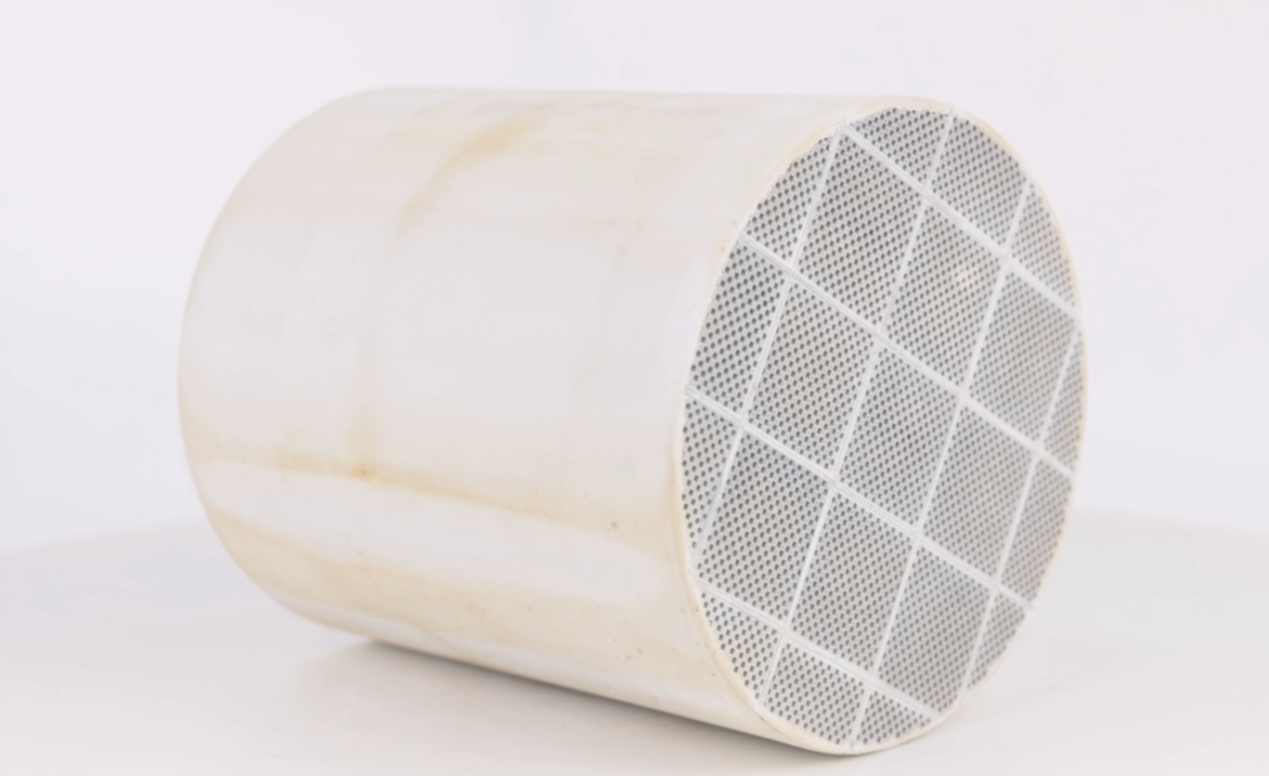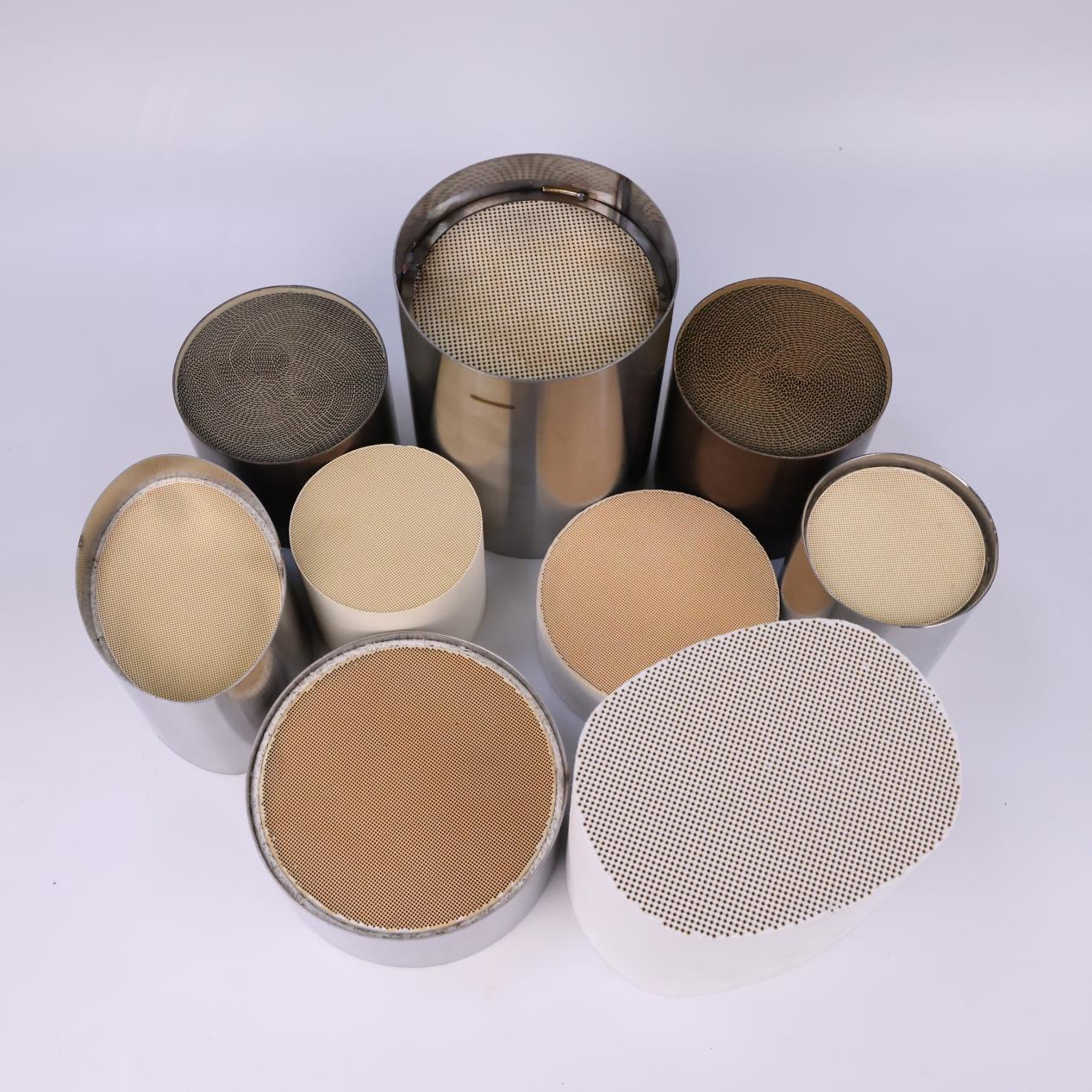Views: 1649 Author: Site Editor Publish Time: 2023-06-14 Origin: Site








As emission standards continue to rise, catalytic reduction of vehicle exhaust gases alone is no longer sufficient to meet the standards and a device called a particulate trap needs to be installed to reduce particulate matter emissions. Today we are talking about a ceramic filter DPF installed in diesel engine emission systems, the two most common filter body materials - cordierite and silicon carbide.
First thing need to know that the micropores of DPFs are usually on the micron scale, so mechanisms such as diffusion, interception, inertial collisions and gravitational deposition are necessary to capture particulate matter before it enters the atmosphere. Although DPFs are also available with two main carriers, ceramic and metal, the two most commonly used are ceramic-based cordierite and silicon carbide.
Properties and uses of cordierite
Cordierite is a silicate mineral, often called "aquamarine" because of its blue or blue-purple colour. In addition to its beautiful appearance, cordierite is characterised by its low coefficient of thermal expansion, low thermal conductivity, low dielectric constant and good chemical stability, and therefore has a wide range of applications in metallurgy, electronics, automotive, chemical and environmental protection.
It is worth mentioning that cordierite can be used to prepare porous materials such as honeycomb and foam ceramics. As an ideal catalyst carrier and filter for the purification of exhaust gases, cordierite is outstanding for processes such as automotive exhaust gas purification, high temperature flue gas filtration, ultrafine particle filtration and catalyst combustion.
Properties and uses of silicon carbide
Silicon carbide is a typical polycrystalline compound which is synthesised in a special resistance furnace. The silicon carbide obtained by chemical reaction has very fine crystals and can be transformed from low to high temperatures. Due to the special nature of the raw materials and synthesis, silicon carbide is chemically stable, with excellent corrosion resistance and high hardness.

It is the good physical and chemical properties that lead to silicon carbide being widely used in metallurgy, chemicals, machinery, building materials and light industry, for example, as refractory materials for firing ceramic products, as purifiers and deoxidisers in the metallurgical industry.
Both for filter carriers, what are the differences?

As a filter carrier, cordierite differs from silicon carbide in these respects:
1. Different carrier materials
Silicon carbide DPF is produced by silicon carbide as the main material, plus silicon base; while cordierite DPF is made of alumina, silicon oxide, magnesium oxide as the main material, plus auxiliary materials fired at high temperature.
2.Different carrier performance
Silicon carbide DPF better thermal conductivity, higher hardness more wear-resistant, more adaptable to the high and low temperature changes in DPF regeneration, and corrosion resistance and strong resistance to sulphides. Cordierite DPF expansion coefficient is small, the product is less affected by thermal expansion and contraction.
3.Different roasting temperatures
Silicon carbide roasting temperature of 1600 ℃, recrystallization of silicon carbide 2400 ℃, while cordierite roasting temperature at 1200 ℃ or so.
4.Cost difference
The cost of silicon carbide is about twice as high as that of cordierite.
In summary, cordierite carriers and silicon carbide carriers have certain differences in terms of properties and costs, so you should use your own needs as a criterion when purchasing products. If you don't know exactly how to choose, contact us and GRWA's professional service team will answer all your related questions.